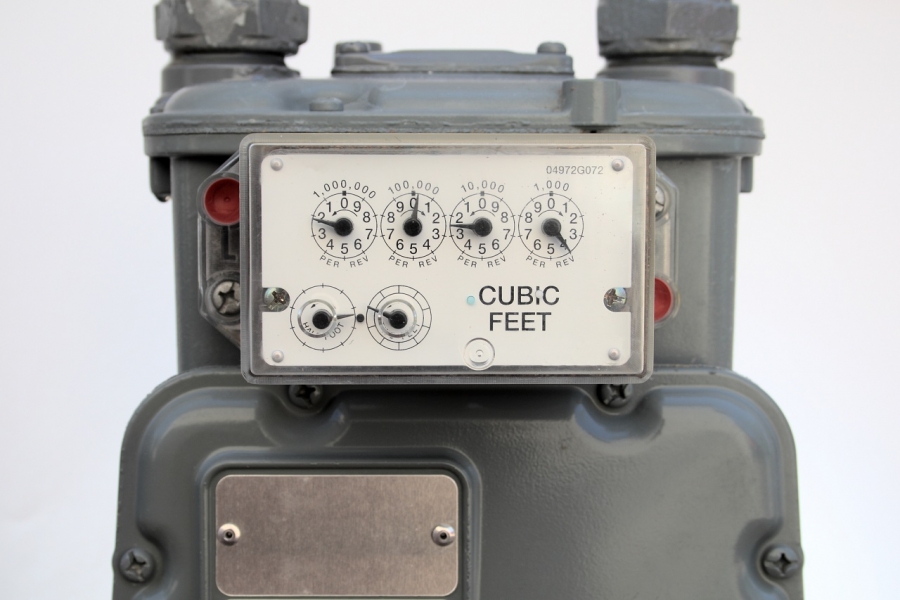Commercial Gas Domestic Water Heaters
A water heater adds heat to water, raising its temperature. A commercial gas water heater consists of a gas fired burner to heat the water, and a separate hot water storage tank. In most residential water heaters, the heater is combined with the storage tank. A commercial gas water heater also differs from a residential water heater in capacity and durability or life expectancy, and in the fact that there can be multiple heaters and multiple tanks.

Topic Summary
All water heater plumbing should be designed by a licensed professional and should be designed to meet the hot water needs for the facility in the most efficient manner. The basic operation of a gas water heater includes a cold water inlet pipe and a hot water outlet pipe. There may be an anti-scald valve which mixes the incoming cold water with the outgoing hot water to prevent overheating the water. Piping materials may vary. For example, the pipes feeding the water heater may be copper or some other material. If the pipes are copper and the tank is steel, then dielectric couplers must be used to prevent galvanic action between the copper and the steel. If the pipes are cpvc, no dielectrics are required. There should always be a drain valve near the bottom of the tank. All domestic water heating systems should have expansion tanks and at least one shock absorber to prevent water hammer. Some local codes require a heat trap on the outlet of the water heater.
There are gases other than natural gas, e.g. propane, which may be used to fuel water heaters, and the main difference between the two are the burn rate and heating capacity. The same devices are required whether the fuel is propane or natural gas. There must be a gas supply pipe with a dirt leg, a gas shut-off cock, a gas valve, and a flue for the removal of gasses from the burning of the fuel. Proper outside air, or "combustion air," must be provided for the installation, as it involves a burning appliance inside the building. Without adequate combustion air, carbon monoxide may form. In older houses, there was enough leakage around doors and windows that plenty of combustion air infiltrated the facility to compensate for fuel-burning fixtures. Today’s houses, in order to save energy, are much tighter. As a result, combustion air must be deliberately introduced to ensure complete burning of the fuel.
Different temperatures are required for different purposes. For example, for a commercial kitchen, 180 degrees F may be required for dish washer sanitation. Typically 140 degrees F is required in kitchen fixtures for pot and pan washing. But 105-110 is the maximum for hand washing. So, generally, a water heater is sized to produce 140 degrees F water. Then the temperature of the water is boosted for the dishwasher and tempered by mixing with cold water for hand washing at sinks and lavatories. Depending on the situation, your design professional may determine that, for your operation, a different arrangement is better.

Buildipedia Staff
The Buildipedia research and writing staff consists of dozens of experienced professionals from many sectors of the industry, including architects, designers, contractors, and engineers.
Website: buildipedia.com/


